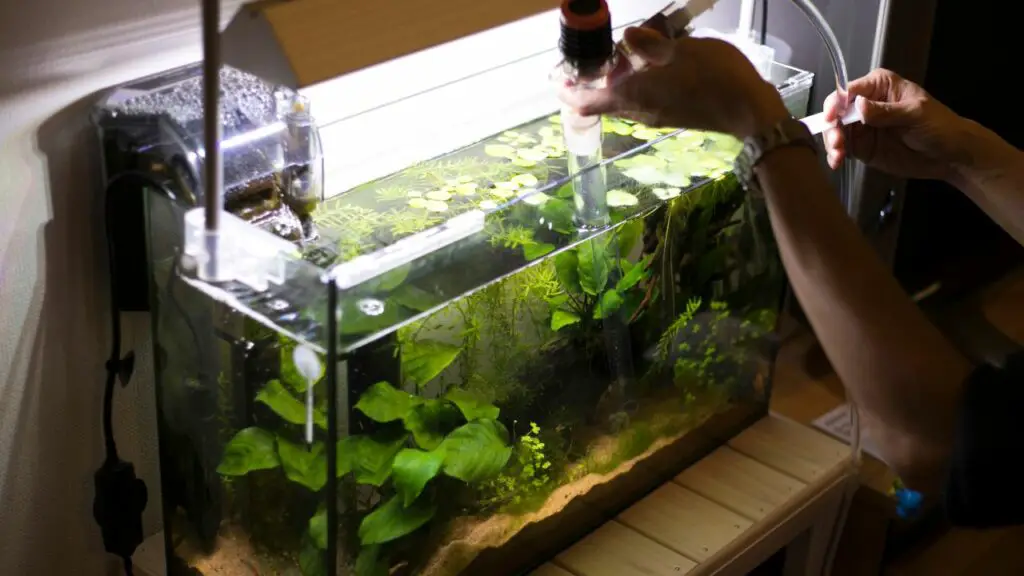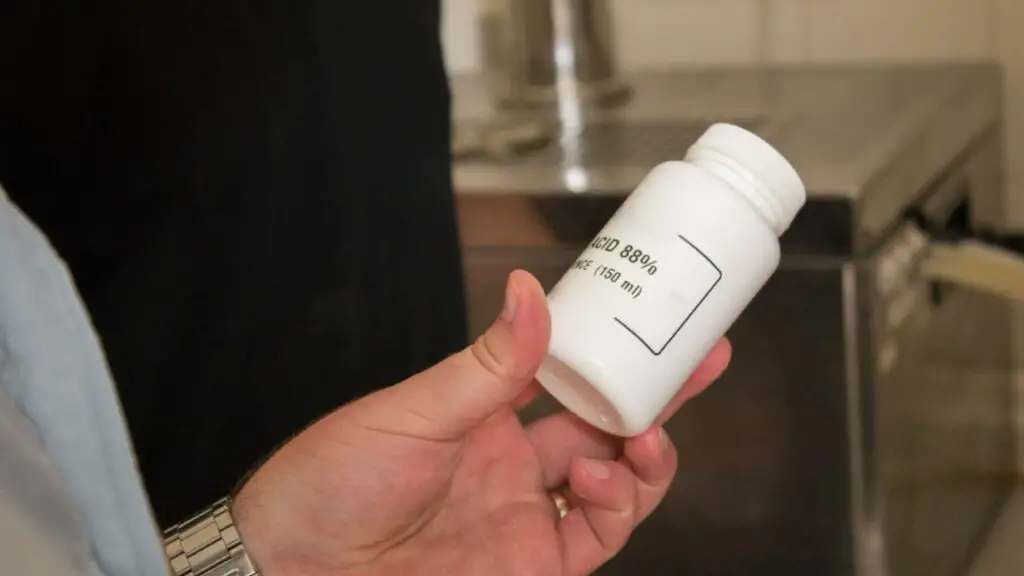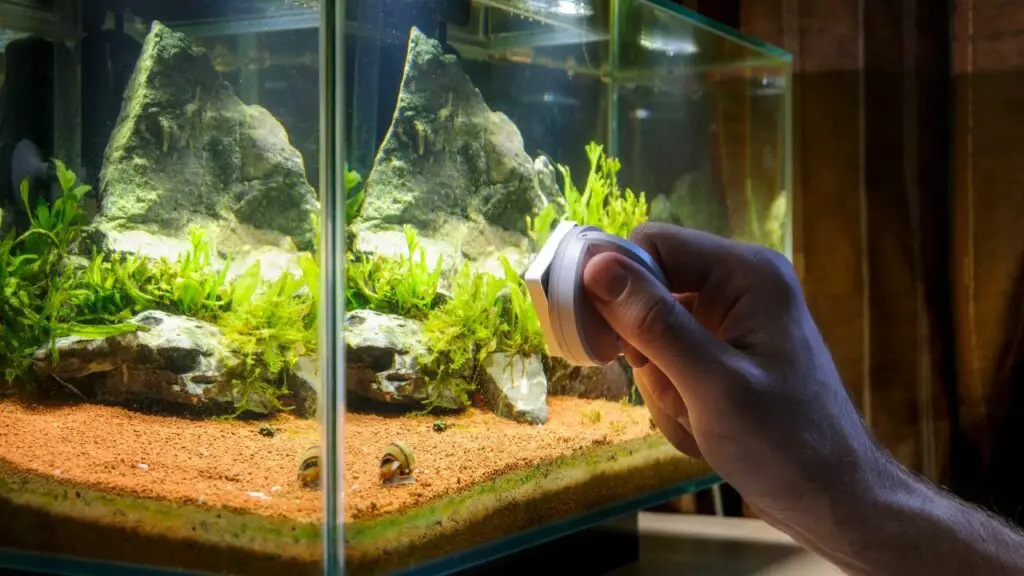As a pet owner/parent, the health and well-being of your pet is one of the most important things to you. Just like your kids depend solely on you for their entire well-being, your pet also depends on you. And one such way to show them you care is by taking care of their ‘shelter’ and for fishes and other aquatic animals, the aquarium is theirs. If they lived in the wild they would have been cared for by nature but now they live with you, You need to learn how to care for the aquarium, particularly by lowering the pH in the aquarium.
One of the most critical care you can offer to your aquarium and its inhabitants is managing and controlling its pH level. Controlling this could determine whether you’d wake up to dead fishes or lively and healthy fishes and in this article, I’ll be sharing with you steps to take to lower the pH in an aquarium. Being an aquatic pet owner myself, I do a lot of research and learned a lot about fishes and aquariums from the national park aquarium as well as other resources on the web and one of such things I’ve learned is what I’m sharing with you; how to lower pH in the Aquarium.
Without any further ado, let’s dive in.
Step 1: Assess Your Current pH in The Aquarium
Before attempting to lower the pH you need to first be sure the pH is at a level that needs lowering. So you should begin by testing the current pH level of your aquarium water using a reliable pH testing kit. This baseline measurement will help you track your progress and ensure that your adjustments are having the desired effect.
Step 2: Research Your Aquatic Inhabitants
Lowering the pH is essential but knowing the pH tolerance of your aquatic pets is actually more important because this knowledge would guide you in everything you do with your aquarium. Without this knowledge, you are guaranteed to make costly mistakes. Different fish and plant species have distinct pH preferences. Research the ideal pH range for the species you intend to keep. This information will guide your efforts to create a suitable environment for your aquatic friends.
Step 3: Partial Water Changes
Since you don’t want to shock the inhabitants of your aquarium with a drastic change in pH, because shocking them could lead to undesirable results, the application of partial water changes becomes very important. This approach makes the change in pH flow seamlessly and feels natural.
Partial water changes are a gentle way to lower the pH gradually. Replace a portion of your aquarium water with water that has a lower pH, such as reverse osmosis (RO) water or distilled water. Make sure the new water matches the temperature and mineral content of the existing tank water. When done correctly, it is regarded as the best way to lower and control the pH of your aquarium.
Step 4: Introduce pH-Lowering Substrates
Consider using pH-lowering substrates like peat moss or specialized aquarium soils. These substrates release acids over time, gradually lowering the pH of the water. If you’re setting up a new tank, incorporate these substrates from the beginning. For established tanks, replace a portion of the substrate during water changes.
Step 5: pH-Adjusting Products
Since not everyone is an expert, there are commercially available products that are meant to help you care for your aquarium and there is a product for every need. One of such are products that help in adjusting pH in aquariums. Commercially available pH-lowering products are designed to help you achieve the desired pH level. These products contain chemicals that safely lower the pH. Follow the product instructions diligently to avoid sudden or excessive pH changes, which can stress your aquatic inhabitants.
Step 6: Natural pH-Adjusting Elements
Some aquarium owners strictly love to work with natural elements when caring for their aquariums, they want everything to feel as natural as possible. For such persons, the use of some natural pH-adjusting elements is the way to go and some of those are almond leaves and driftwoods. Driftwood and almond leaves are natural options for pH adjustment. These additions leach tannins into the water, creating a slightly acidic environment. While this method works more slowly, it offers a natural approach that many aquarium enthusiasts appreciate.
Step 7: Consider CO2 Injection For Aquatic Plants
For planted aquariums, introducing a controlled carbon dioxide (CO2) injection system can lower the pH. As plants absorb CO2, the pH naturally decreases. This method is especially effective if you have a lush aquatic plant setup.
Step 8: Monitor and Adjust
Aside from doing everything else that’s been listed above, keeping an eye on your Aquarium and recording the changes would be the best help you could offer to its inhabitants. Because that way you fully understand what’s going on around them in their little world. Regularly test the pH to track changes and ensure you’re moving in the right direction. Avoid rapid adjustments, as sudden pH changes can stress your aquatic inhabitants. Gradual modifications are key to maintaining a stable and thriving environment.
Step 9: Understand Water Chemistry
Remember that pH is closely linked to water hardness (GH and KH). Adjusting water hardness can also influence pH. Research the water chemistry requirements of your aquatic species to achieve a balanced approach.
Bonus step: Seek Expert Help and Advice
If you’re uncertain about adjusting pH levels, don’t hesitate to consult experienced aquarists or professionals. Their expertise can guide you in making informed decisions that prioritize the health of your aquatic community. As with everything that needs care, talking to a professional or an expert would not only help you lower the pH of your aquarium it would also teach you a lot about running and maintaining a healthy aquarium.
Here are some additional special tips for lowering the pH of your aquarium:
- Do not add too much of any natural material at once. Start with a small amount and add more as needed.
- Monitor the pH of your water closely after adding any natural materials.
- If you are using a pH-lowering product, follow the instructions on the label carefully.
- Do not add any other chemicals to your aquarium while you are trying to lower the pH.
These listed steps alongside the additional special tips would help you maintain the proper pH level for your aquarium. As always, don’t forget to contact a local expert to guide or help you when confused.








